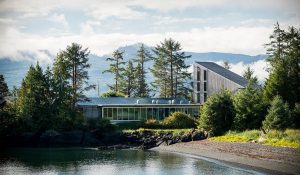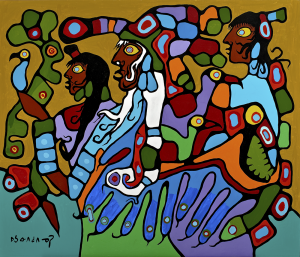https://bccampus.ca/projects/indigenization/indigenization-guides/
“These guides are the result of the Indigenization Project, a collaboration between BCcampus and the Ministry of Advanced Education, Skills and Training. The project was supported by a steering committee of Indigenous education leaders from BC universities, colleges, and institutes, the First Nations Education Steering Committee, the Indigenous Adult and Higher Learning Association, and Métis Nation BC.” https://bccampus.ca/projects/indigenization/indigenization-guides/
Though these guides were made to support systemic change in post-secondary institutions, a lot of the information could be used in a secondary school setting. They are meant to help readers:
- increase your awareness of Indigenous People, our histories, decolonization, and reconciliation
- enhance your knowledge of how Indigenous history and realities in Canada affect relationships and how this may influence how you work with Indigenous people and colleagues in post-secondary education (https://opentextbc.ca/indigenizationfoundations/front-matter/foundations-guide-overview/)
This isn’t a definitive guide, but more of a jumping off point in changing the way we look at our institutions, staff, and students and how we can make sure everyone has a voice.




